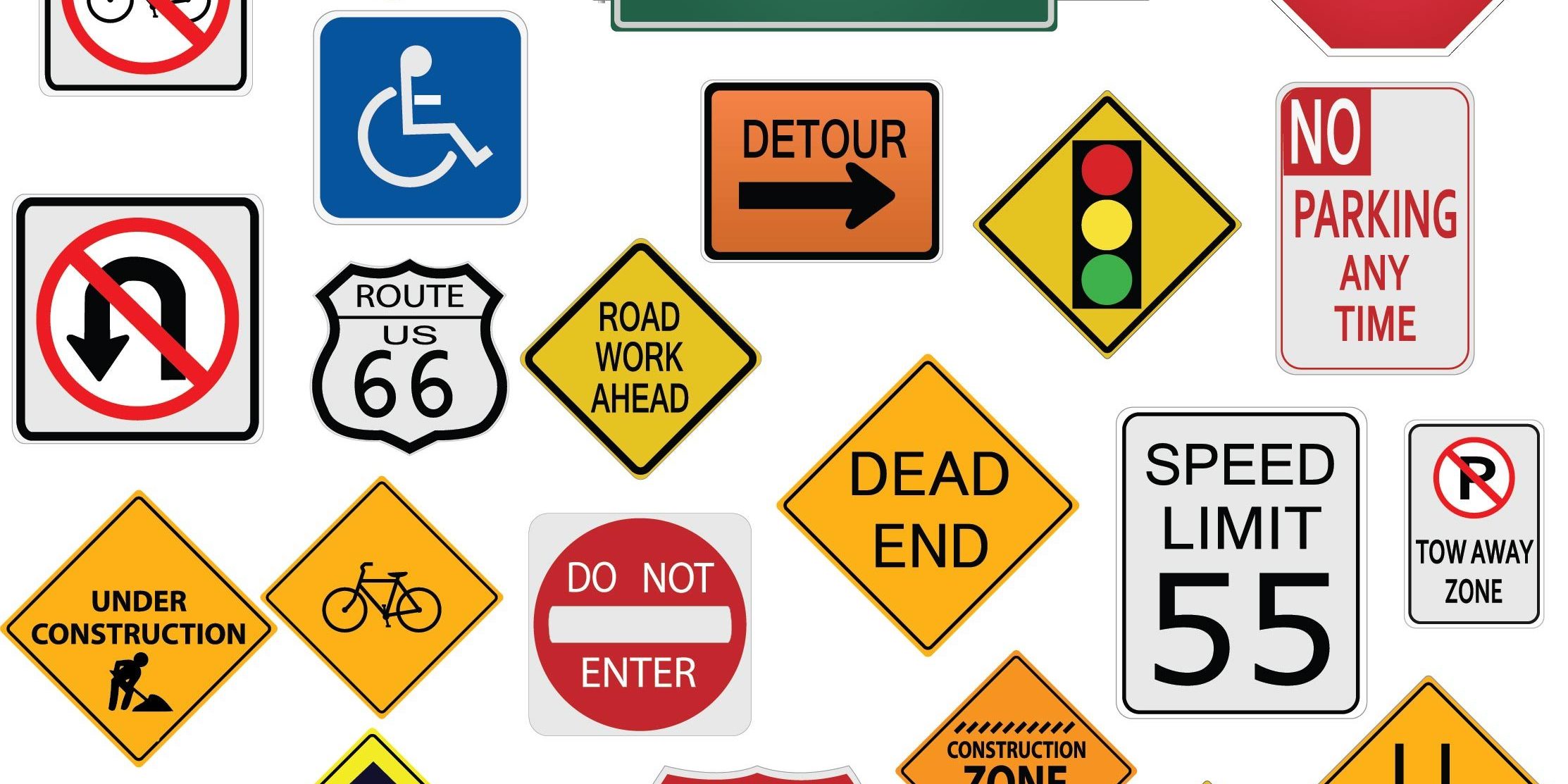Traffic Signs – Our Best Friend On The Road
Could you imagine for a moment, driving down a road without road signs to guide you? It’s hard to imagine. Life on the road will instantly turn chaotic and accidents will be inevitable. Road signs are essential not only for motorists but also for pedestrians. With over 164,000 km of highways and 4 million miles of public roads in the United States, road signs are a must for smooth movement of traffic and efficient traffic management. Be it densely or sparsely populated, all areas need strategically-placed, bright and eye-catching road signs that can weather all kinds of outdoor conditions.
Brandon Industries has over three decades of experience in manufacturing custom signage systems that have been tested and approved by the Federal Highway Administration. Our ornamental road signs not only improve road safety but can also give your locality a unique, memorable appearance.
Along with a free quote for your signage requirements, we also provide the CAD design files that can be easily incorporated in your design plans. View our extensive signage portfolio here.
A Brief History of Road Signs
Road signs, as we know them today, were actually invented in ancient Rome. Back then, they were in the shape of milestones on which important information was transcribed. Even more surprising fact is that the first road signs surfaced in the Bronze Age but it was ancient Romans who made extensive use of them.
The Middle Ages saw a vast improvement in road networks and transportation systems. Road signs improved and became even more popular. With the invention of faster transport, roadways quickly became popular and road signs became all the more essential.
In the late 1900s, the modern bicycle was invented and the first traffic signs were put up to warn cyclists of rough terrain. Then came automobiles and the need for an organized signage system became evident. The first road signs were probably developed in 1895 by the Italian Touring Club. In the early 1900s, four European governments agreed upon the use of a group of standard symbols to be used on road signs.
Early traffic signs were made of wooden poles with metal lettering, symbols or pictures. There was no concept of standardization and luminescent signs were unheard of. Affordable vehicles resulted in traffic becoming congested, and the need for standard road signs was felt.
Gradually, standards were drawn, letters were embossed, colors started being used to make it more readable, pictures replaced text, and road signs became more comprehensible and efficient.
Traffic Sign Requirements
In the United States, traffic signs use more symbols than text to convey information. Their color and shape also have standard meanings.
- Red color indicates stop, yield, or prohibition.
- A white background is used for regulatory signs and yellow background for general warnings.
- Neon yellow or green shows pedestrian crossing and school zones while green is used for directional guidance.
- Orange color signifies roadways work in progress and coral is used for incident management.
- Brown colored signs are used in public places of recreation.
Standard shapes are used to indicate the type of information the road sign is trying to convey.
- Regulatory signs are generally rectangular in shape.
- Octagonal signs are used for stop signs and inverted triangular ones for yield.
- Diamond-shaped signs are used for warnings.
- Pentagons indicate school zones, and circular shape indicates railway intersections.
Source: https://mutcd.fhwa.dot.gov/services/publications/fhwaop02084/
Future of Traffic Signs
While traffic signs are essentially used to promote road safety, the future will render new responsibilities on the humble road signs. Artificial intelligence -enabled “smart” traffic signs will be able to predict driver behavior and communicate with neighboring signs in a secret language. Intriguing, isn’t it? There will be no need for human intervention and traffic police might become redundant. Using sophisticated algorithms and motion sensors, traffic signs will smartly direct traffic and utilize “green” time to capture real-time traffic data. This vast database will help catch traffic regulation defaulters and ensure speedy redressal system.
Smart traffic signs installed in the town of Pittsburg have been able to reduce travel times by 25 percent, reduced idle time by 14 percent and vehicular emissions by 40 percent. Moreover, the entire interconnected traffic management system is scalable and new lights can be added as the need arises.
Disruptive technology such as the Internet of Things (IoT) will help vehicles to communicate with traffic signs. What we can imagine is a world where drivers will just input their final destination before starting a journey, and the vehicle will calculate the least congested route. By communicating with “intelligent” traffic signs in route, vehicles will be able to instantly change their route if traffic signs indicate congestion on the original route.









